#currasow
Text
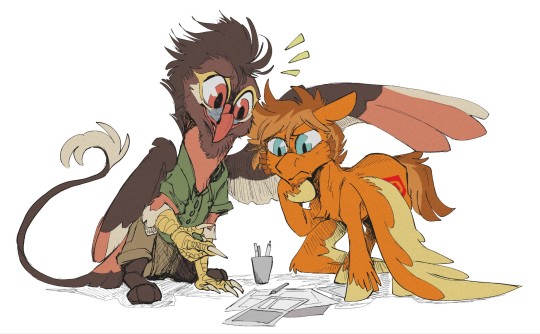
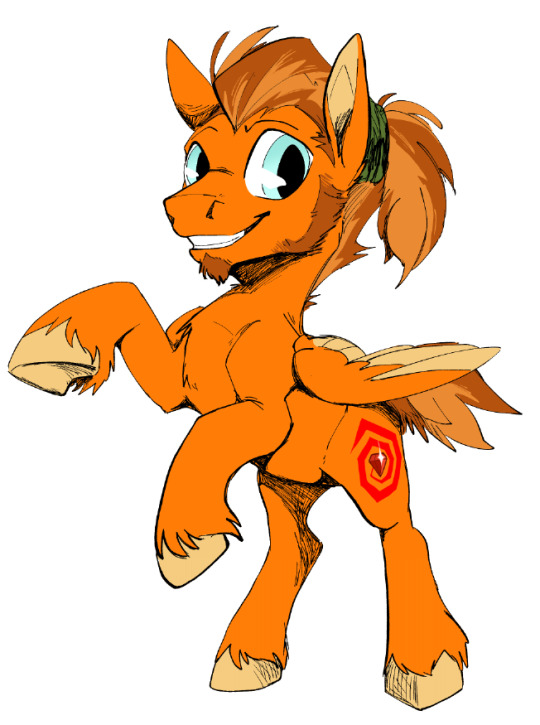
Semi-recent Carmines ahoy
#*david attenborough voice* the horse is trans#pegasus#mlp#nocturnal currasow#griffon#carmine garnet#mlpfim#characters#wraithdraw
53 notes
·
View notes
Text
bird special interest go brrrrr…
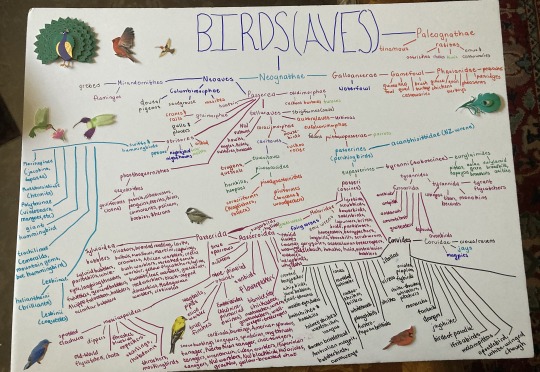
[Image ID: The entire taxonomic ranking of every kind of bird written out in various colors, filling up the entirety of a large white foam bird, with various small bird stickers scattered across it. End ID.]
#🦢a birdseye view ; ravens rambles🦢#there are two mistakes on here that I have to fix#but I’m pretty impressed with myself for making this whole thing with only two mistakes lol#I forgot to list out the waterfowl and I wrote cassowaries twice when I meant currasows
20 notes
·
View notes
Text
My favourite cracidids

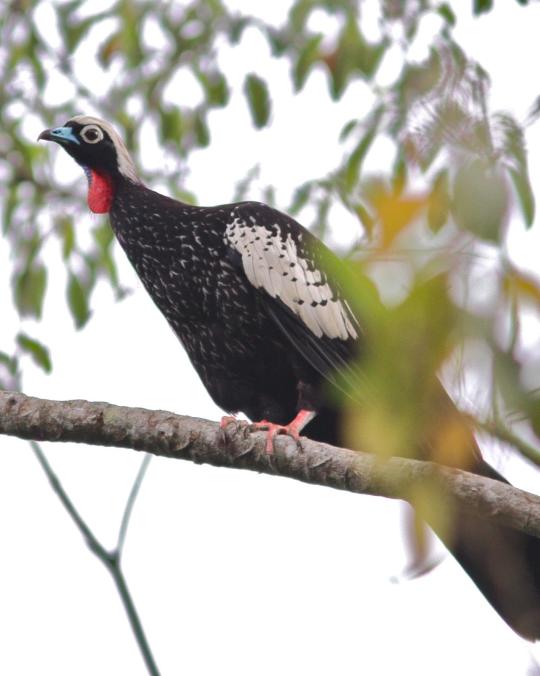
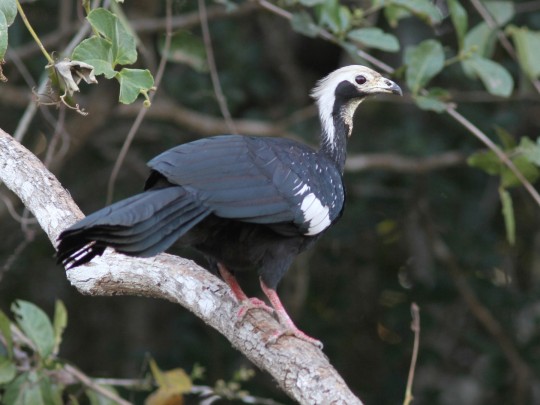





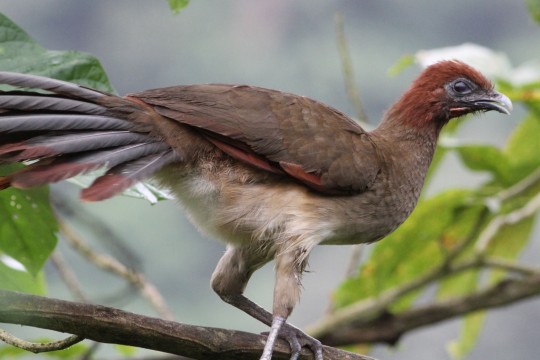

#cracidae#bare faced currasow#black fronted piping guan#blue throated piping guan#great currasow#helmeted currasow#horned guan#nocturnal currasow#red billed currasow#rufous headed chachalaca#white crested guan#favourites#favourite animals#birds
1 note
·
View note
Video
youtube
Houston Zoo successfully hatches 2 rare Blue-billed Curassow chicks
The Houston Zoo successfully hatched two new Blue-billed Curassow chicks yesterday. Considered some of the most critically endangered birds, the Houston Zoo will be hand-rearing one chick (cared for by a person after hatching) and using the blue-billed curassow hen to parent-rear the other chick.
via: KPRC 2 Click2Houston
#endangered#currasow#galliform#cracid#bird#ornithology#science#zoos#animals#nature#south america#conservation
757 notes
·
View notes
Text
Boreortalis laesslei

By Ripley Cook on @iguanodont
PLEASE SUPPORT US ON PATREON. EACH and EVERY DONATION helps to keep this blog running! Any amount, even ONE DOLLAR is APPRECIATED! IF YOU ENJOY THIS CONTENT, please CONSIDER DONATING!
Name: Boreortalis laesslei
Status: Extinct
First Described: 1954
Described By: Brodkorb
Classification: Dinosauria, Saurischia, Eusaurischia, Theropoda, Neotheropoda, Averostra, Tetanurae, Orionides, Avetheropoda, Coelurosauria, Tyrannoraptora, Maniraptoriformes, Maniraptora, Pennaraptora, Paraves, Eumaniraptora, Averaptora, Avialae, Euavialae, Avebrevicauda, Pygostylia, Ornithothoraces, Euornithes, Ornithuromorpha, Ornithurae, Neornithes, Neognathae, Galloanserae, Pangalliformes, Galliformes, Cracidae
Boreortalis is our first probable Cracid! The Cracids are a group of distinctive chickeny dinosaurs such as the Currasow, Guans, and Chachalacas. Boreortalis is the oldest definite record of these dinosaurs, known from the Alachua Formation of Florida, as well as the Snake Creek Formation of Nebraska. As such, it lived from about 20.5 until 12 million years ago, from the Aquitanian until the Serravallian ages of the Miocene of the Neogene. It seems to be the most similar to the Chachalacas, a group of chickeny birds known from the southern United States, Mexico, and Central and South America. As it is known from fairly limited material, very little more can be said about it.
Buy the author a coffee: http://ko-fi.com/kulindadromeus
Sources:
https://en.wikipedia.org/wiki/Cracidae
http://fossilworks.org/bridge.pl?a=collectionSearch&taxon_no=39332&max_interval=Miocene&country=United%20States&state=Nebraska&is_real_user=1&basic=yes&type=view&match_subgenera=1
http://fossilworks.org/bridge.pl?a=collectionSearch&taxon_no=39332&max_interval=Miocene&country=United%20States&state=Florida&is_real_user=1&basic=yes&type=view&match_subgenera=1
http://fossilworks.org/bridge.pl?a=taxonInfo&taxon_no=39332
https://en.wikipedia.org/wiki/Chachalaca
#boreortalis#boreortalis laesslei#bird#dinosaur#currasow#chachalacas#guans#pheasant#chicken#birblr#palaeoblr#paleontology#prehistory#prehistoric life#dinosaurs#biology#a dinosaur a day#a-dinosaur-a-day#dinosaur of the day#dinosaur-of-the-day#science#nature#factfile#Dìneasar#דינוזאור#डायनासोर#ديناصور#ডাইনোসর#risaeðla#ڈایناسور
49 notes
·
View notes
Photo

March 2019: Great currasow
1 note
·
View note
Photo
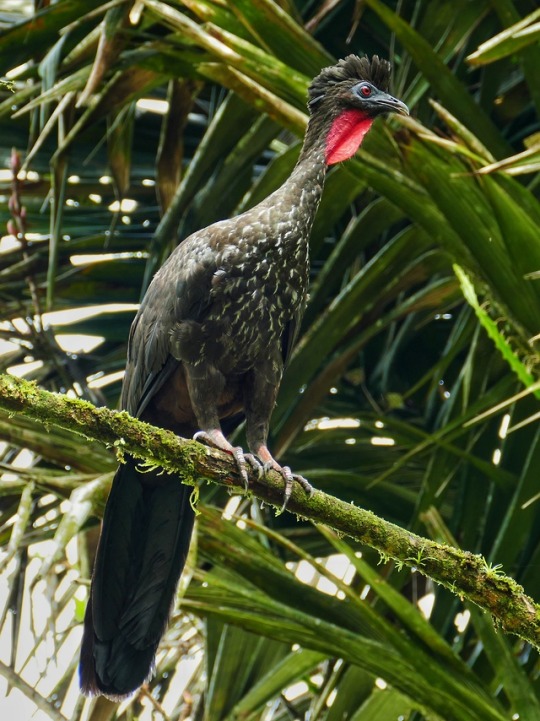

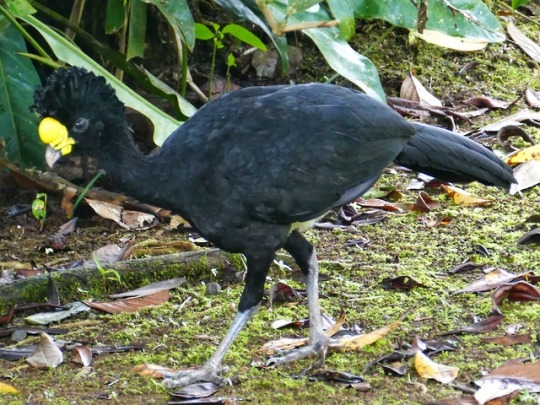
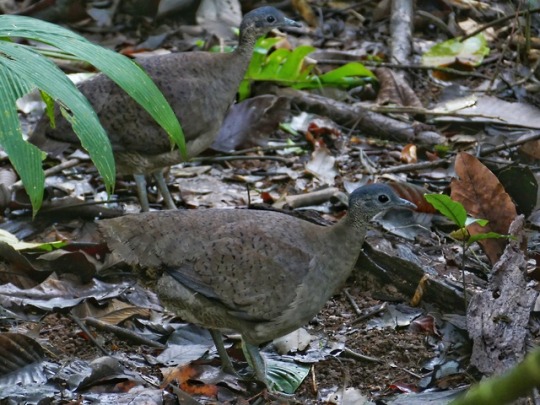
Hühnervögel kommen bis in die Station, wie der Crested Guan/Schakahuhn und die Great Currasows/Tuberkelhokko. (Weibchen braun, Männchen schwarz)
Die zu den Steishühnern gehörenden Great Tinamous/Bergtaos sind eher scheu und nur im Wald zu beobachten.
2 notes
·
View notes
Note
My coworkers and I were discussing pets and I learned one of the ladies I work with used to run a sanctuary and from her time still has some odd animals including a breeding pair of helmeted curassow. Apparently they're mean as hell and super picky and did terrible when she tried taking them to a facility so she and her husband keep them and then take the chicks to our nearest AZA zoo on maturity. These birds are huge though she showed me pictures they're like giant, weird turkeys
I have no idea what sparked this ask but thank you, I’m a little frightened of whatever a currasow is but I also enjoyed the story
32 notes
·
View notes
Note
As an Bird Scientist™️ I’m loving all this bird king au but consider,,, different birds,,, taako and lup as quetzals or black oropendolas (these boys sound absolutely wild) ,,,, Merle is a Wilson’s snipe,,, Lucretia as a blue-grey tanager or starling,, Davenport? Scintillant hummingbird or maybe just peregrine falcon,,, Magnus is wood duck or red head maybe,, Barry is still just a robin or something because he’s a classic, bonus Kravitz is a great currasow,,,, you gotta check that boy’s song out
(2) Double bonus angus is a spotted ant bird because I love those funky little boys and I’m the expert I get to make the rules (3) (But also to be clear I love your bird kind au so far and genuinely love your writing and seeing the birds you chose for everyone, I just got excited about the chance to think about birds)
:0 I am not a bird expert so I used birds that I am most familiar with. If I had thought of wood duck when I was outlining I would have DEFINITELY used that. But I am glad that my fic brought out your love of the birb!
48 notes
·
View notes
Text


White-faced Capuchin monkey

Spider monkey

Caiman



How to describe the indescribable? We took two, two-hour long boat trips into the canals of the rain forest. We saw three species of monkeys, sloths, a river otter, so, so many tropical bird species, rare plants and flowers... enchanting.
The morning trip was dry. The afternoon brought rain and a very different experience. Lucky are we!

Female Great Currasow


4 notes
·
View notes
Text
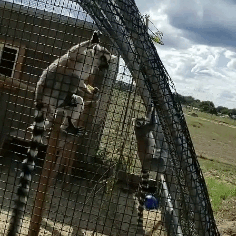
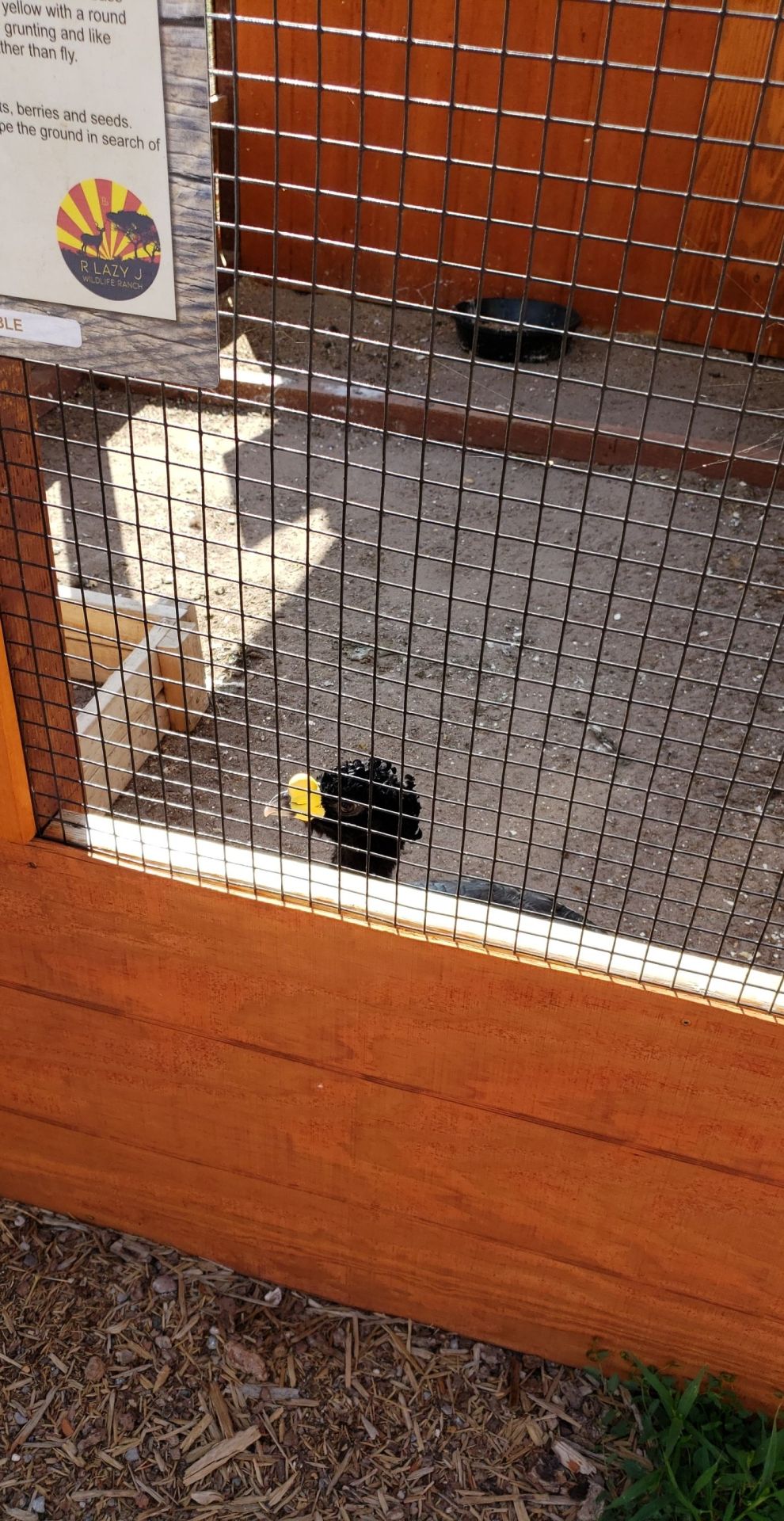



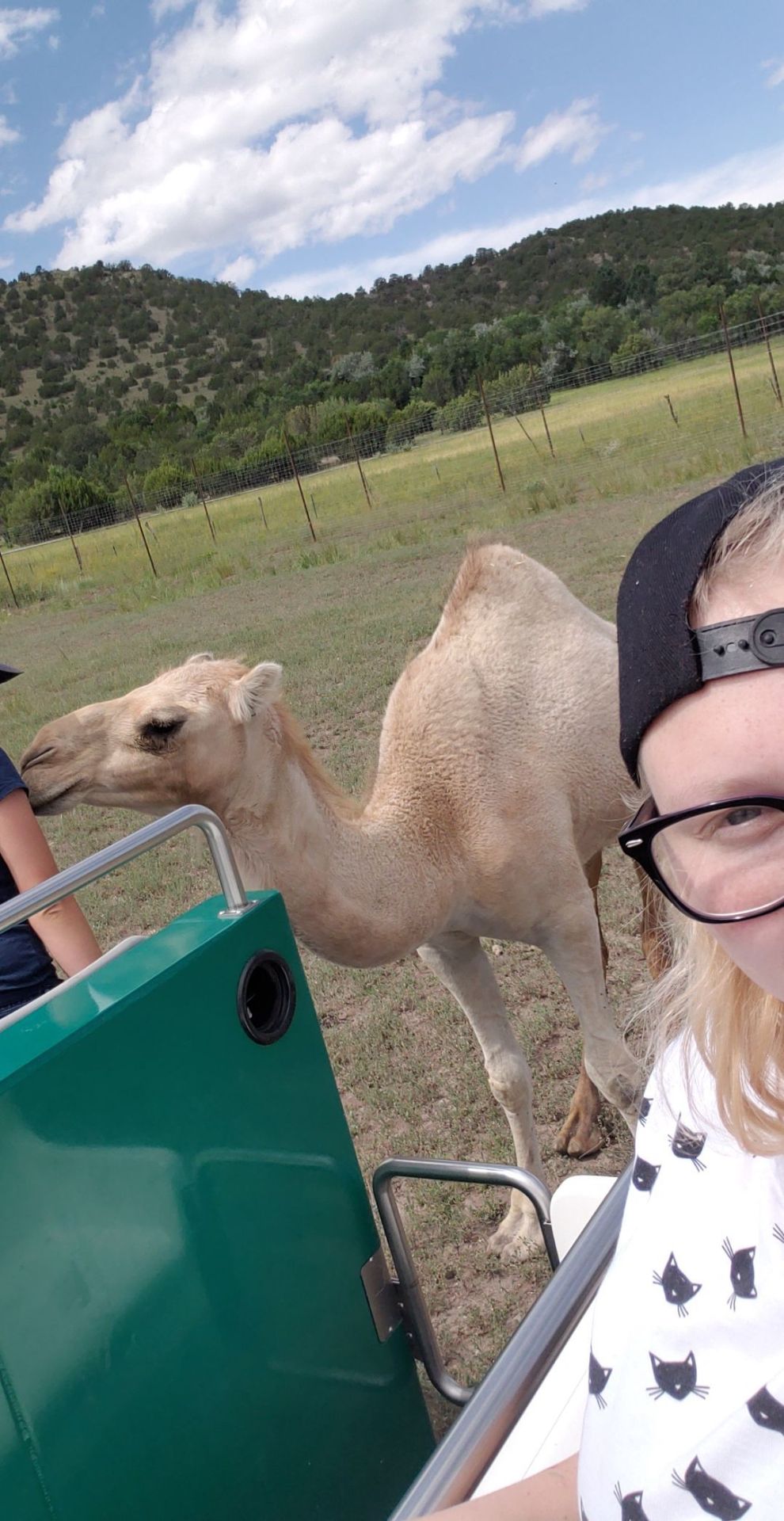
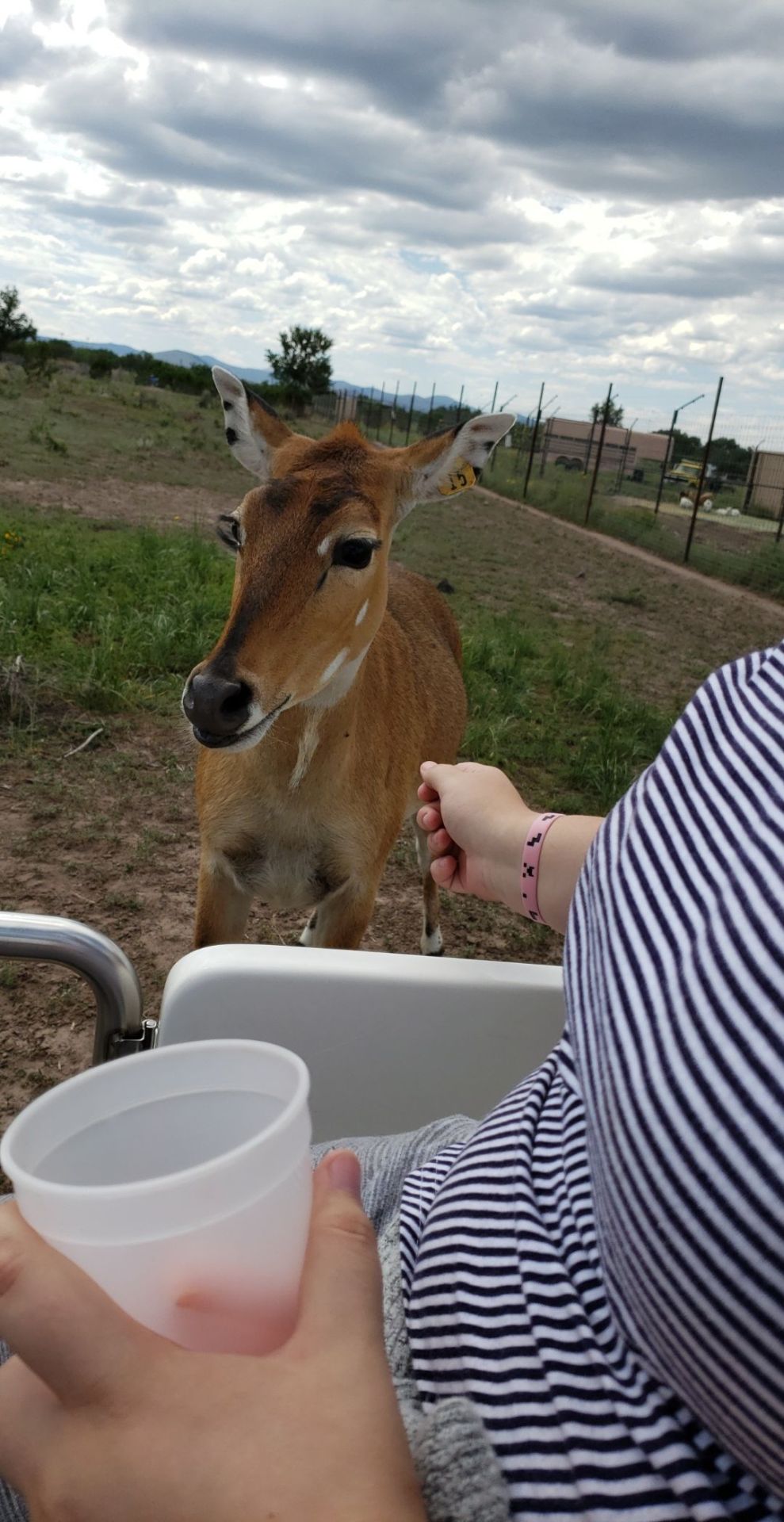



Lemurs, currasows, ferret, Camel, antelopes, albino corn snake, and blue macaws (wildlife ranch p.5)
4 notes
·
View notes
Photo


Great Currasow (male) Crax rubra hocofaisán, pavón norteño La Selva Biological Research Station Puerto Viejo de Sarapiqui, Costa Rica 2017 #greatcurrasow #inthewild #laselvabiologicalstation #puertoviejodesarapiqui #costarica #bird #animal #yellownose #©lauraquick #travelphotography #travel #centralamerica #originalphotography #notatallafraidof me https://www.instagram.com/p/Byy3mtlHSRR/?igshid=6cqiyhklnur0
#greatcurrasow#inthewild#laselvabiologicalstation#puertoviejodesarapiqui#costarica#bird#animal#yellownose#©lauraquick#travelphotography#travel#centralamerica#originalphotography#notatallafraidof
2 notes
·
View notes
Photo

🔥 The great currasow.
0 notes
Text
Studying Nature in Mexico is an Unforgettable Adventure
After spending many vacations in Cancun Yacht Rentals , Mexico, I decided to take the plunge and move there to study the beautiful nature I'd admired in my previous trips. Having lived many years in the comfort and safety of American suburbia, it was time for some adventure. After learning Spanish, I went to the Yucatan and rented a home in suburban Playa del Carmen and hired myself a maid. Then, with help from hired guides and friends, I visited a variety of remote places in the Mexican jungles. It was an unforgettable experience to see a variety of animals in their natural habitats.
The ever-growing city of Playa del Carmen is an hour south of Cancun, and easily accessed by public buses. Both cities are on the Caribbean Sea, where coral reefs abound up and down the coastline. The beauty of pure white, limestone sand, and richly colored, turquoise water of the ocean drew me down there. Being a nature artist, I was fascinated by the plants and animals of the region. Armed with my cameras, drawing paper and pens, I got to work drawing and photographing bugs, birds, plants and anything else exotic. Soon, my artwork landed me a job as main illustrator for a large nature park called XCaret.
Whenever I had a drawing to deliver to my employer, I would board the employee bus for XCaret, and then walk down a long, back jungle path next to the park to the office. These walks fascinated me, due to the path was directly next to fenced enclosures for their zoo and aviary. Flamingoes, spider monkeys and a harpy eagle were animals I could see the best from the path. One time I made the mistake of giving one of the monkeys a cookie, only to see the other monkeys chase after him to steal it, trying to beat him up! I quickly got out a couple more cookies and gave the rest to them, to avoid the original monkey from getting hurt. They all sat there munching peacefully as I snuck off, hoping nobody saw.
In Mexico, you will see iguanas in nature frequently. As I walked down the nature path on my way to work, there was rustling in the big tree near me. I looked up only to see a large, 6 foot green iguana male with bright orange fringe on his back, in the canopy of the tree. He looked down at me. I remember people telling me that iguanas are good eating, taste like chicken, and that they are called "chicken of the tree". I never found out if that was true or not, but then, I wasn't about to go eating iguanas. Nope, I'm not that adventurous in my dining choices. Black iguanas can be seen usually sitting one per rock pile. Everywhere there were rocks, were male iguanas sunning themselves. Interesting creatures. In Chankanaab Park (on the island of Cozumel) there is a huge iguana that walks around public areas, oblivious to the humans that walk past it. It will bite if petted, the park employee told me. So, I took photos of it and kept my distance.
Another lizard that was interesting and plentiful, was Basiliscus basiliscus, the basilisk. There are a few varieties of basilisk to be found in Mexico. It can run on water if it gets scared enough, and I witnessed it after scaring one unintentionally. Later, I found a smaller one and drew it for my job, they have intense eyes, looking very serious. When I was finished drawing him, he ran upright into the jungle, glad to be free of the big, scary human with whom he'd spent a few hours with.
The jungles of Mexico are fascinating, but I would never recommend walking off your path into one. First off, the foliage is very dense. Second, there are critters in there that can hurt you if provoked, namely scorpions, snakes and spiders. Look, but don't touch. I have seen all of these, and have paid people to remove them from my home. Scorpions will come after you if they are agitated. Back away quickly, wherever they cannot follow. The lighter colored ones, I was told, are more dangerous than the black ones. There are tarantulas in Mexico, and they are big but not aggressive, thank goodness. I had a red-kneed tarantula taken away from the front of my door once. My maid used to throw out other spiders she found inside, and laugh when I would be freaked out by them. "This? It's harmless!" she'd tell me. Yuck. I took her word for it.
As for snakes, there are a few that are reason enough not to go walking alone in the jungle. First, there are huge boa constrictors. My ex-husband was called by the ladies next door, to remove a 6-foot boa out of their rental flat. They said it just slithered into the open back door. Lesson learned, never leave an open door to your house if you live close to the jungle. Then, there is a crimson colored snake the locals called Coralio. I don't know its scientific name, but it was beautiful but deadly. A man who lived near me had a whole apartment full of snakes, and he showed them to me up close. Snakes are interesting but it pays to watch where you step, since my ex and I nearly stepped on one during an evening walk. There are other snakes to watch out for, but these are the kinds that we saw. All snakes will mind their own business if unprovoked, it seems, trouble seems to be when humans aren't paying attention and step on one by mistake. So, it pays to watch where you walk.
Then there were the amazing birds. A gorgeous variety of colors, shapes and sizes, birds in Mexico are exotic and fascinating. My favorites were the toco toucan, motmot, currasows, Yucatan jay, cinnamon-colored cuckoo, and pileated woodpecker and violaceous trogon (a relative of the resplendent quetzal). They had a knack for showing themselves whenever I didn't have my camera with me. I did draw and take notes of what I saw, then look them up later. There was a bird that was so colorful that locals called it, "siete colores" (seven colors). After looking it up, I identified it as a painted bunting. Another bird locals call "pecho amarillo"(yellow breast), otherwise known as the great kiskadee, used to sit outside my window and yell, "Eeee, Eeee!" at the top of his lungs. We used to call back at him, and he'd answer. Very funny bird.
In Playa del Carmen, there is an outdoor aviary, built into the jungle, in the Playacar section. I went in there and walked around, to see the different birds that usually are hidden by jungle. One bird took a fancy to me, a barred currasow who followed me everywhere. She was my feathered tour guide, and posed for photos freely. I finally got to see a chachalaca up close, a relative to a turkey, that is shy, loud (its call sounds like a rusty meat grinder), and travels in groups. Also, there were red ibis, more flamingos, egrets, and much more. The aviary is a must see if you visit Playacar.
Another interesting natural sector in the Yucatan were all the bugs. Insects of every kind, in great quantities. I could've done without all the mosquitoes, though, thank goodness for bug repellent. My favorites were the butterflies. Sometimes when driving down remote roads, we came across undulating masses of various butterfiles colored yellow, white or black. Monarch butterflies also migrate in large groups down to Mexico, I saw them once, too. The most beautiful butterfly I came across in the wild, in my opinion, was the morpho butterfly. It has large irridescent blue wings, wasn't as common as other butterflies, and preferred the privacy of non-populated areas like fields and jungles. There was another butterfly that was big, brown and with its wings closed, was the size of a large dinner plate. It was called an owl butterfly, and flew slowly. I got really close to him and he seemed unafraid. He had patterns on his wings that were like numbers. Fascinating.
Beetles. Ahh, beetles..not very graceful, and apparently not all that bright, but endearing with their less than graceful antics. There were golden scarab beetles that used to fly into my window as I was working, frequently. They usually landed on their backs with their feet flailing helplessly in the air. Eventually the situation would rely on me turning them right-side up, some would then fly off, others would somehow end up on their backs again. It was odd, but I took the opportunity to draw these metallically colored insects, who looked as if they were gilded in brushed gold.
Grasshoppers and katydids are in large quantity in the jungles of the Yucatan. There are so many varieties of grasshoppers, I lost count. As for katydids. their bodies are gigantic, the size of a sparrow. I caught one, to draw him, then when I let him go off my balcony, he flew away in a straight path. His big, green body was visible for a very long time as he flapped off into the sunset, it was surreal.
Sea creatures and fish are plentiful in the Caribbean Sea. Though the reefs are endangered and show signs of damage, they are still beautiful. Every day, I'd snorkel in the low-traffic area near my home. It was serene to get to the beach early in the morning, pick up a few shells that washed up on shore, then make my spot on the beach. I'd snorkel until my body got cold, every day. There weren't many large predators in the areas I swam in, due to the breakwalls that run up and down the coast, separating the shores from the deeper, ocean water. Once in awhile, a barracuda would find its way into the reef area, my, what big teeth they have. Out there, you can see dolphins playing in the waves made by large yachts or ferries. Bottle-nosed dolphins are very social creatures and seem unafraid of humans. Some of the most memorable smaller fish and creatures I saw were brittle starfish (they live under rocks and will climb off your hand quickly if you try to hold one), octopus, conch, sea turtles, moray eels, blue tangs and of course, those feisty damselfish. Though I haven't gotten my scuba license, I went on a few professional scuba tours where the water was so shallow, snorkeling was possible. Tours are great for finding gorgeous coral gardens that aren't visible to everyone else. The prettiest ones I saw were near the town of Puerto Morelos.
Other places I liked to explore were the Cenotes Azul, and Dos Ojos. Cenotes are brackish water natural bodies of water that the Mayan indians used to build their villages around. Now, they sit in the jungle and tourists enter them to go cave diving. Underneath the Yucatan is an elaborate network of caves that attract cave-divers from all over the world. Not me, I preferred just swimming in the crystal clear water in the mouth of the cenotes, and observing the fish I saw. One of the cenotes had fish that I'd seen in pet stores back in the US, swimming there naturally. Jack Dempsey fish and green sailfin mollies, along with a kind of livebearer fish I didn't recognise. They were very colorful, and the Dempseys, being combative cichlids who like to pick on one another, had tattered fins. But, all the fish were very healthy. What a wonder it is to swim among them in their natural habitat. The nature around cenotes is interesting, too. I saw a basilisk run across the water, when I swam too close to him, and a duck that would dive for fish and stay underwater for a long time. Nature abounds in and around cenotes.
The nature of Mexico is plentiful and beautiful in all its forms. The tropical, hot climate brings out flora and fauna unlike anything I've ever seen in my home state of Ohio, or even in my current state of Florida. Living among the lush jungles, hearing jungle frogs sing at night and spending time with my wonderful Mexican co-workers, guides and friends changed my life. By being respectful of nature (look, don't touch) and watching where you walk, you will see clouds of butterflies, brilliantly colored birds, and animals like coatimundis, agoutis and others normally only seen in zoos. My employer promoted the preservation of Mexico's wildlife, and it was my honor doing artwork of all things natural for them. I miss walking the jungle path to their office weekly and seeing the zoo animals, as well as the wild ones in the trees. If you love nature, make sure to visit Mexico and go on tours to see the beauty of the wild, but with professionals who know where to take you. It will be an experience you will appreciate and remember forever.
0 notes
Text
Archaealectrornis sibleyi

By Ripley Cook
Etymology: Old buffalo weaver
First Described By: Crowe and Short, 1992
Classification: Dinosauromorpha, Dinosauriformes, Dracohors, Dinosauria, Saurischia, Eusaurischia, Theropoda, Neotheropoda, Averostra, Tetanurae, Orionides, Avetheropoda, Coelurosauria, Tyrannoraptora, Maniraptoriformes, Maniraptora, Pennaraptora, Paraves, Eumaniraptora, Averaptora, Avialae, Euavialae, Avebrevicauda, Pygostylia, Ornithothoraces, Euornithes, Ornithuromorpha, Ornithurae, Neornithes, Neognathae, Galloanserae, Pangalliformes, Paraortygidae
Status: Extinct
Time and Place: Between 33 and 30 million years ago, in the Rupelian age of the Oligocene of the Paleogene


Archaealectrornis is known from the Brule Formation of Nebraska

Physical Description: Archaealectrornis is an ancient chicken relative, about 56 centimeters in length - roughly the same length as a living Mallard, though of course, Archaealectrornis was shaped more like modern currasows and chickens. It was a fairly stout bird, stouter than its close relatives, especially in the wings - indicating it convergently evolved with proper chickens, despite probably being closer to curassows. It would have been round in appearance, and probably ornamented in some way like living chickens.
Diet: It is uncertain what sort of food Archaealectrornis ate, given its skull is not preserved. Given that, it seems likely that it fed on fruits, leaves, and seeds, like many modern curassows - also, potentially, insects.
Behavior: Archaealectrornis probably behaved similarly to modern landfowl, with bobbing heads, carefully placed steps, and extremely clumsy flight. It also probably used display feathers to attract mates. Given it was a smaller animal, it would have been fairly skittish. Beyond that, it’s uncertain how Archaealectornis would have behavied.
Ecosystem: Archaealectrornis lived alongside a variety of animals in the Brule Formation. This was a freshwater lake environment near a volcano, which would bury the creatures very quickly, leading to an extensive number of fossils. It would have been a fairly sandy lake, and thus a large one, but also with extensive mud. There were also a lot of flowering plants in this region. There were many kinds of dinosaurs that lived alongside Archaelectrornis, such as the bird of prey Buteo grangeri, pseudotoothed birds, the large predatory birds Paracrax and Bathornis, and the other curassow relative Palaeonossax. Reptiles such as soft-shelled turtles, snakes, and lizards were extremely common as well. Archaelectrornis also lived with a variety of mammals such as rodents, ruminants, swamp rhinos, rhinos, ruminating hogs, entelodonts, horses, rabbits, shrews, camels, leptictids, false sabre-tooth cats, dogs, bear-dogs, hippo-whales, peccaries, deer relatives, insectivores, and more. Thus, as far as potential predators go, Archaealectrornis would probably have been most nervous around Buteo, paracrax and Bathornis, and of course the variety of cats, dogs, and bear-dogs.
Other: Archaealectrornis was originally thought to be a stem-chicken, but is now thought to be a curassow relative that convergently evolved similarities to chickens.
~ By Meig Dickson
Sources under the cut
Burke, J. J. 1934. New Duchesne River Rodents and a Preliminary Survey of the Adjidaumidae. Annals of Carnegie Museum 23:391-398
Denson, N. M., J. R. Gill. 1965. Uranium-bearing lignite and carbonaceous shale in the southwestern part of the Williston Basin - a regional study, with a section on heavy minerals in Cretaceous and Tertiary rocks associated with uranium occurrences. United States Geological Survey Professional Paper 463:1-75
Hoganson, J. W., G. E. Lammers. 1992. North Dak Geol Surv Misc Ser. 76
Jobling, J. A. 2010. The Helm Dictionary of Scientific Bird Names. Christopher Helm Publishing, A&C Black Publishers Ltd, London.
Lithostratigraphy, Paleontology, and Biochronology of the Chadron, Brule, and Arikaree Formations in North Dakota. NPS.gov.
Mayr, G. 2009. Paleogene Fossil Birds. Springer-Verlag Berlin Heidelberg.
Stevens, K. K. 1995. 27(3):88
#archaealectrornis#archaealectrornis sibleyi#bird#dinosaur#chicken#landfowl#currassow#birds#dinosaurs#paleontology#prehistoric life#prehistory#factfile#palaeoblr#birblr#paleogene#north america#omnivore#terrestrial tuesday#galloanseran#biology#a dinosaur a day#a-dinosaur-a-day#dinosaur of the day#dinosaur-of-the-day#science#nature
92 notes
·
View notes
Photo
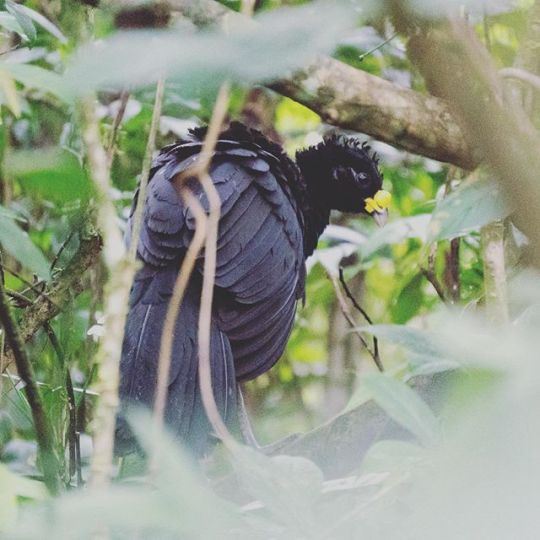
Great Currasow. These guys can make a super low pitched ‘womp’ sound that doesn’t seem like it should be coming form a bird. — view on Instagram https://ift.tt/332XlMa
0 notes